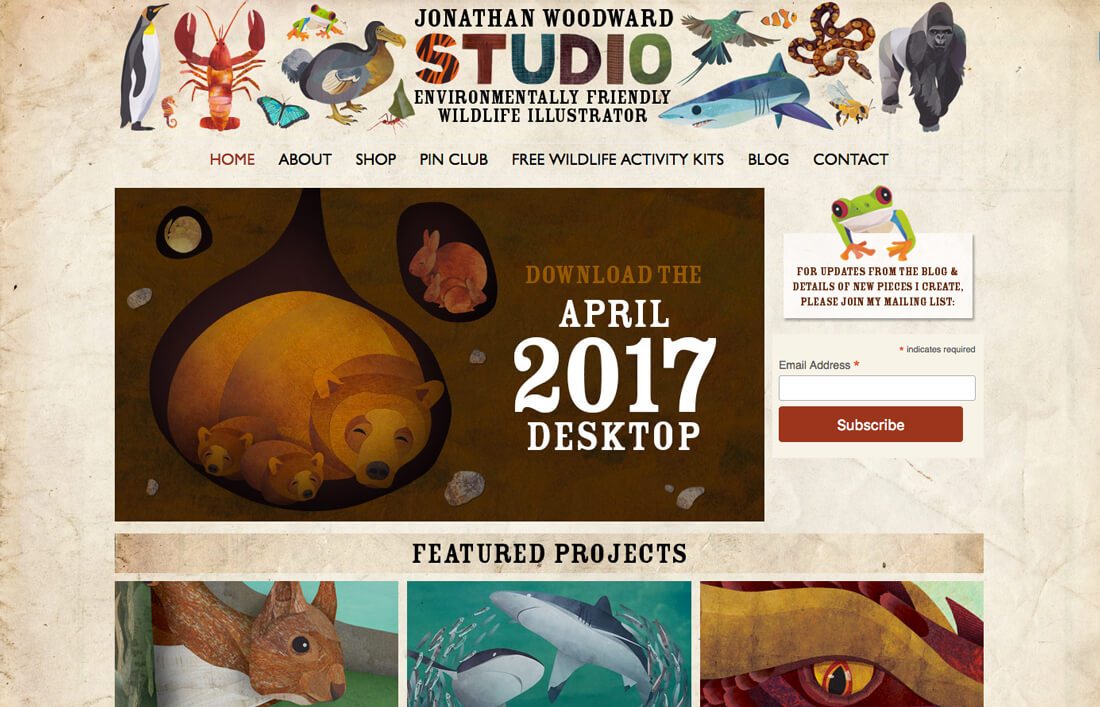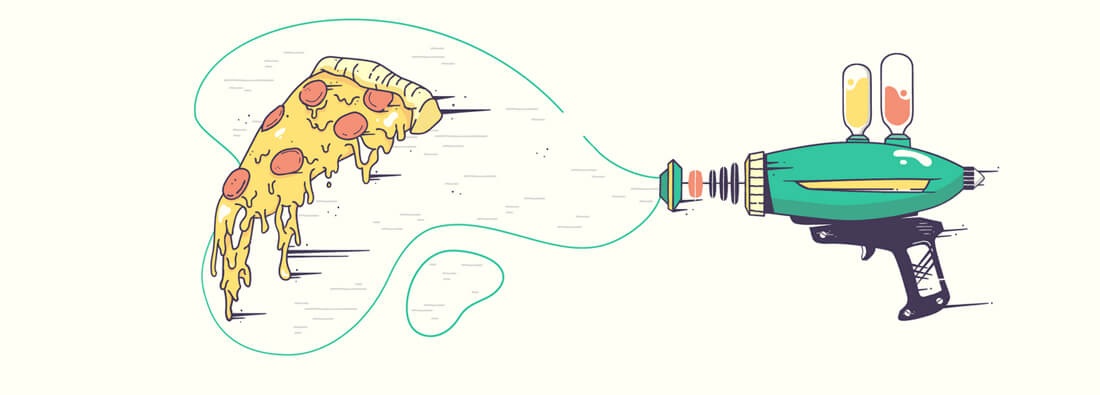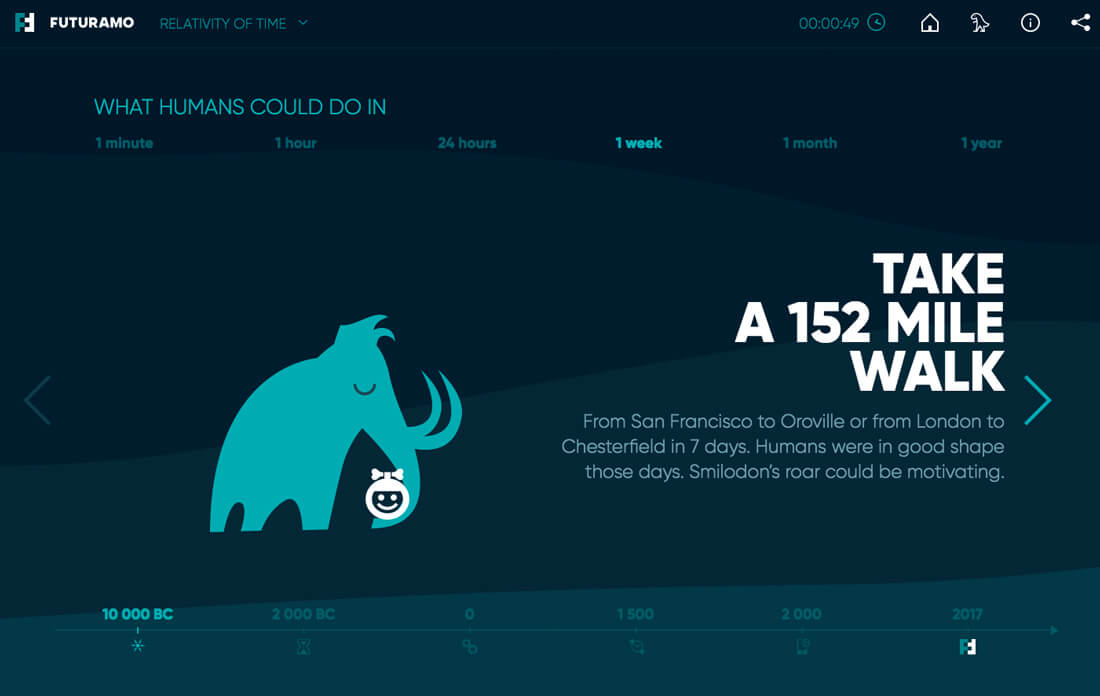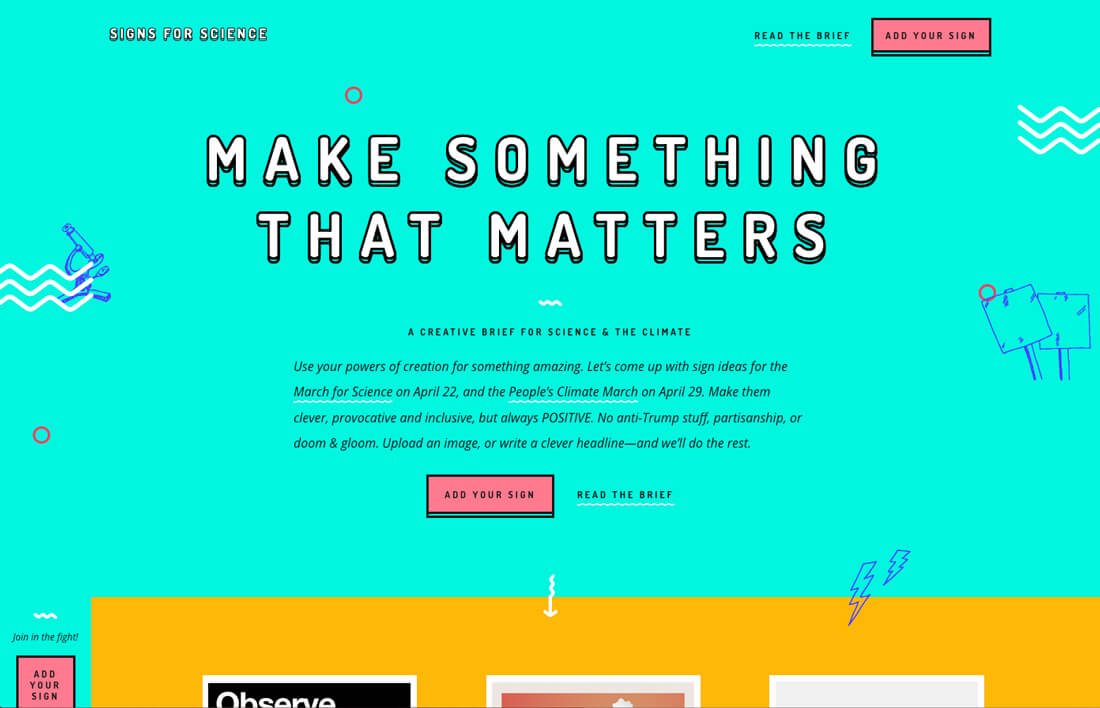How to Start and Promote an Illustration Project
Illustration projects can be tough. But if you are an illustrator, it is your job (duty even) to keep drawing and promoting illustration projects. But how do you do it?
How can you sell a client on the concept of an illustration when it can be difficult for them to imagine? You can do it. Here are some tips for getting started. (Plus, this post includes illustration projects to help jumpstart your creativity.)
Keep a Portfolio or Idea Board

Starting an illustration project begins with a good idea. What are you planning to draw and why? Do you have a concept that you are starting from scratch that you want to sell to a client or have you been commissioned for a piece of work?
Either way, the starting point is probably something you already have – your portfolio. Keeping an up-to-date portfolio of projects is a good way to look at past work and think about techniques or colors or styles that you might want to use again. It helps remind you of your style and expertise in certain areas of illustration.
Then look at your idea board. Browse through all the little things you’ve collected for inspiration. Do you see something that could mesh in your portfolio and in the idea board? If so, you just found the starting point for that project.
The biggest issue with this starting point is that many designers and illustrators say they haven’t been keeping up with a portfolio or the illustrations are somewhat lacking. This is where you really can take on a personal project and promote it, even if you don’t have a paid gig. (So, you can use the same concepts, just on a personal level.)
If your portfolio needs a little more substance, Dani Jones posted a list of “101 Projects for Artists and Illustrators” about 10 years ago. This list is timeless and is a good place to start in developing a concept project or two.
Do Your Research

Find a community of illustrators that you can be a part of. Talk about styles and themes and help find inspiration in other illustration artists that have a style similar to yours or a style that appeals to you.
The other bit of research you need to do is on the project itself. Pitch projects to companies that have this same style that you identified in yourself. Are you light and whimsical, dark and mysterious, colorful or stark? You are most likely to find a good project to start on – and finish – for a client if your styles mesh.
You would not pitch children’s book illustrations to a graphic novel publisher. Keep this in mind as you look for style matches.
Keep that same concept in mind when looking at the type of drawing you do: Are you illustrating by hand or creating more computer-based illustrations? The styles can be quite different and are used in different ways.
Solve a Problem

Illustrator Meg Robichaud has some great advice on Medium for determining if you even really have an illustration project. Her advice comes back to one major concept, as an illustrator you need to solve a design problem. (And that’s one of her illustrations above.)
She says you probably have an opportunity for an illustration project if:
- Your users are frustrated or don’t know what to do next
- A feature is being bypassed, misused or underused
- There is too much text; the text is not being read/understood
- You want another means of speaking directly to your user
Robichaud offers a lot of great (and practical) advice for illustrators on Medium. (You should follow her.)
Get Out There and Sell

This is the hard part: You are going to have to sell your project. Whether it is something you are working on in-house, for a client or just a concept pitch, it is on you to sell the benefits of using an illustration versus another type of visual to the team.
Here are a few selling tips:
- Illustrations give you full control over the exact nature of the content.
- Illustrations are cool and trendy right now.
- Illustrations can set a new tone for an aesthetic or brand that is feeling stale.
- Illustrations are not “cartoons,” despite an opinion to the contrary. But they can be if you like.
- Illustrations can be light or dark, heavy or whimsical.
- Illustrations can be used for almost any project type.
- Illustrations don’t cost more or take more time than other visual elements; time and financial commitments are comparable to photography.
- Illustrations don’t have to capture the full design, they can be used for icons, navigation or small elements throughout.
Keep Creating

Illustrators who find the most success do it all the time. The projects might not find immediate fame, but you’ll constantly find illustrators illustrating.
If you aren’t carrying around a sketchbook, go get one today. Invest in something nice and a nice set of pens or pencils to encourage you to start drawing. Sketch ideas. Illustrate concepts. Don’t do it in the dark. Do it out in the open and more people will gain exposure to your talent.
Just keep creating. It’s not that hard when you think about it.
You never know when it will result in an unexpected success.
One of my favorite illustration projects right now is Signs for Science. The website design allows designers – post your illustration there for a little free publicity – to create posters in advance of the March for Science. You would not expect the shell for such a portal to be illustrated, but it is. The effect is light and happy, even with a pretty heavy (and controversial) topic, but the illustrated nature helps portray what the site is all about. It wants posters that are “clever, provocative and inclusive, but always POSITIVE.” The illustrated design helps show that.
Conclusion
Sadly, not every designer is a good illustrator. (I can wholeheartedly attest to that. Even my stick figures are lame.) But everyone can contribute to more illustrated projects.
Even if you can’t illustrate, help support the ideas when they come around. Work with illustrators to help projects find success and shape ideas together. Most of the designs above aren’t purely illustration, they are group efforts.